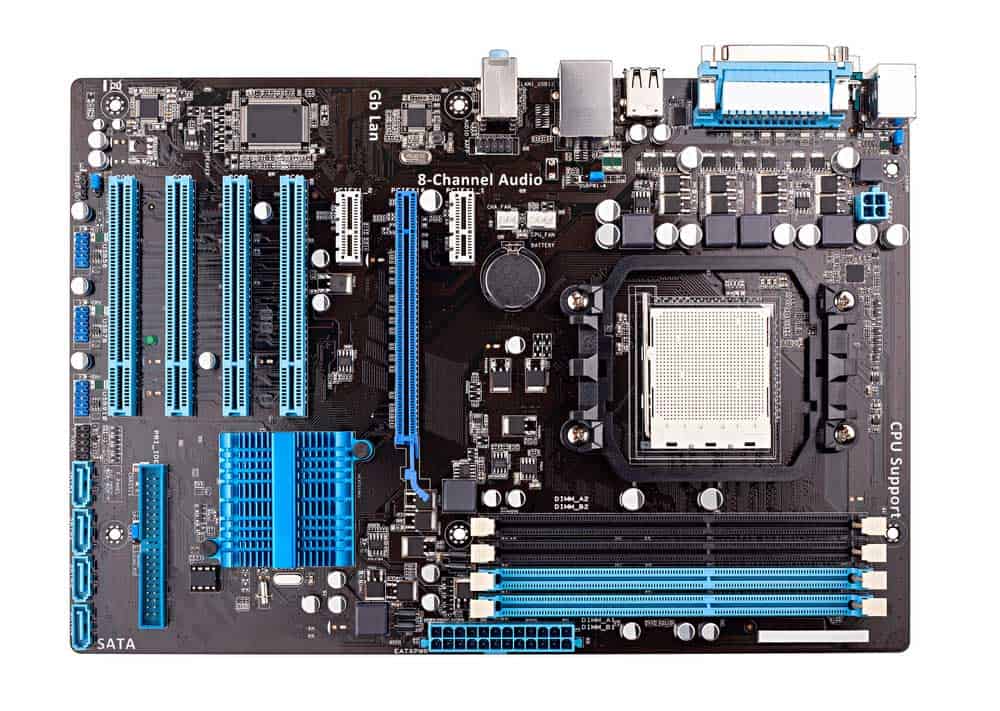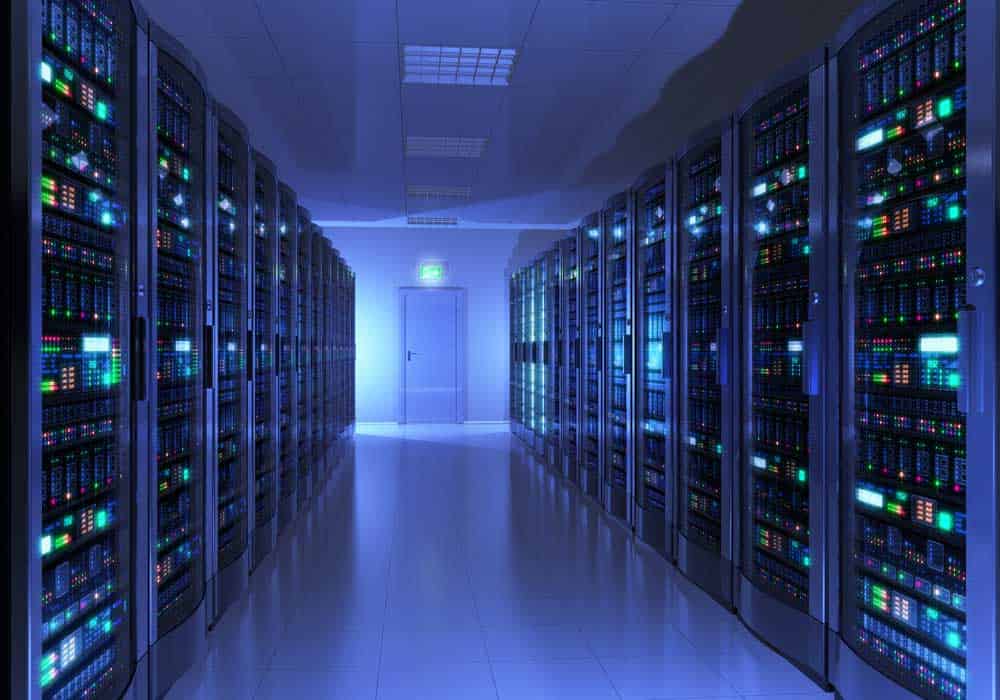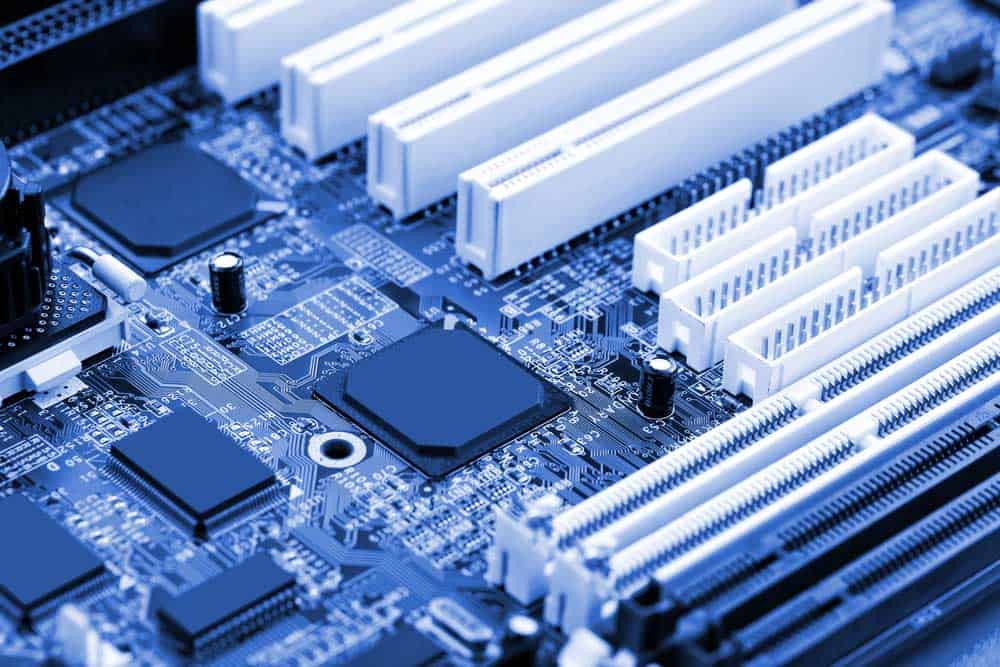About Backplane vs. Motherboard, Most of us are familiar with the term motherboard, but not all know about backplanes.
Motherboards are crucial as they provide the connections necessary for operating our computers. But how big can a motherboard be?
Well, when designing more extensive systems, engineers usually go with backplanes.
But what are they? How comparable are they to motherboards?
Today, we’re highlighting backplanes vs. motherboards, along with their features and differences.
Table of Contents
- What Is a Backplane?
- What Is a Motherboard?
- Features of a Backplane
- Features of a Motherboard
- Main Differences Between a Motherboard and a Backplane
- Backplane vs. Motherboard: Comparison Chart
- FAQs
- Final Remarks
What Is a Backplane?
A backplane is a physical structure in a computer system that provides a central connection point for various components. In other words, it is a board of electrical connectors that one uses to link several PCBs to form one extensive computer system.
Typically, it consists of a panel with sockets to insert components like expansion cards and memory modules.
Additionally, the backplane serves as a backbone for internal communication between components. It allows them to exchange data and signals with each other efficiently.
Moreover, the backplane design allows for easy computer system maintenance. All you have to do is replace a faulty component with a new one.
Unlike the motherboards, you don’t have to reconfigure the system while doing so.
For instance, computing systems such as industrial automation use backplanes. When one component malfunctions, an engineer will remove and replace it for normal operation to resume.
What Is a Motherboard?

(A motherboard)
A motherboard is a circuit board that houses all vital processes in a computer system. It houses the central processing unit (CPU), RAM, and other components like expansion cards.
Additionally, it allows a user to add daughter boards like host bus adapters to operate your computer system better.
Generally, it serves as a communication hub between these components, allowing them to work together to perform tasks.
Additionally, it houses a BIOS chip that starts up the hardware when you power on your computer.
Features of a Backplane
Here are some standard features of a backplane:
Connector Slots: A backplane has multiple connector slots for expansion. Through these slots, you can add multiple peripheral boards that contribute towards the functionality of a system.
Signal Distribution: Backplanes serve a similar purpose to motherboards in signal distribution. Moreover, it allows for the exchange of data between various components that you connect to it.
However, backplanes are much faster than motherboards in processing data and transmitting signals. Therefore, we use them for high-performance systems that need faster communication.
Cooling: Some backplanes, like fans or heat sinks, have built-in cooling mechanisms. Generally, the large number of components one connects to a backplane generates a lot of heat which can damage a system if you don’t dissipate it well.
Customization: You can customize backplanes to suit the specific needs of a system. The boards have different numbers and types of slots to accommodate various components. Consequently, it allows for easy upgrading of a computer system.
Size and Form Factor: A backplane’s form factor can vary depending on the system. For instance, you can design a backplane for rack-mounted systems or tower computers.
Regardless, common backplane form factors include Size A (100 mm x 160 mm) to Size D cards (360 mm x 340 mm).
Reliability: Backplanes have high reliability and durability than most computer boards. They have features like hot-swappable components to ensure the system’s continuous operation.
Features of a Motherboard

(A man opens a phone to reveal a motherboard)
The motherboard is an essential part of any computer system. It connects many elements that perform crucial functions and respond to what a user requests.
However, motherboards can have different features depending on their usage. Here are some standard features of a motherboard.
Chipset: A motherboard chipset coordinates communication between the processor and other system components.
CPU Socket: The motherboard socket connects the central processing unit to the rest of the system. The type of socket depends on the processor architecture. For instance, an Intel motherboard will only support specific compatible CPUs and not others.
BIOS: The BIOS chip provides low-level system control over the hardware components during system boot-up.
Memory Slots: The motherboard contains memory slots where one installs the Random Access Memory (RAM) modules. These RAM modules provide the main system memory for the computer.
Input/Output (I/O) Ports: The motherboard provides input/output ports for connecting externals like USB and video devices.
Form Factor: A motherboard comes in different sizes and form factors, depending on the user’s use and specific needs. Generally, common form factors include ATX and Micro-ATX.
Cooling: Some motherboards have built-in cooling mechanisms like heat sinks. If they lack heat sinks, the motherboards usually have fans circulating cold air throughout the system.
Power Supply: All motherboards have power supply units that regulate the energy flowing to certain components. A power supply unit is important since every component has power requirements.
Additionally, you’ll damage your motherboard if you leave out the power supply unit.
Onboard Storage Controllers: Onboard storage controllers allow one to connect storage devices directly to a motherboard.
Expansion Slots: Motherboards have expansion slots that allow you to add elements that improve system performance. Common peripherals include graphic cards and storage controllers.
Main Differences Between a Motherboard and a Backplane

(Data servers use backplanes)
Here are the main differences between a motherboard and a backplane:
Basic Functions
A motherboard is a computer’s main circuit board that connects all the other components.
On the other hand, a backplane is a circuit board that serves as a central connection point for components in a computer system.
Usage and Connectivity
A motherboard contains sockets and ports that allow components to connect and communicate with each other. Conversely, a backplane has fewer connectors than a motherboard.
The features connect specific components like expansion cards and processors.
Design and Features
By design, backplanes have redundancy and fault-tolerance features that increase their life spans. These features ensure the system’ssystem’s operation even when a component fails.
On the other hand, motherboards lack these features and may malfunction with the failure of a component.
Backplane vs. Motherboard: Comparison Chart

(A closeup photo of a computer motherboard)
| Motherboard | Backplane |
| A motherboard is the primary circuit board in a computer that connects all the other system components. | A backplane is similar to a motherboard but lacks a CPU and storage devices. |
| Most motherboards use different buses to maximize system performance. | Most backplanes use a single bus style to link up all cards. |
| Motherboards have all crucial computer components on a single PCB. | Crucial computer systems are on an expansion card that you plug into a backplane slot. |
FAQs
How durable are backplanes?
Backplanes are durable; hence most engineers design them for rugged applications. They can withstand the stresses and demands of high-performance computing environments.
The designers build backplanes with redundancy and fault tolerance in mind. In other words, they have features such as error detection and correction mechanisms that ensure longevity.
Is a backplane a motherboard?
No, a backplane is not a motherboard. A backplane is a circuit board that provides a central connection point for components in a computer system.
On the other hand, a motherboard in a computer system connects all compatible components.
Can I use a motherboard instead of a backplane?
No, a backplane provides a high-speed connection between components in a system. Conversely, a motherboard is a dedicated circuit board that suits specific systems.
Moreover, it has slower communication than a backplane. Substituting one for the other may result in compatibility issues.
Final Remarks
While a backplane and a motherboard serve important functions in a computer system, they are not the same. Motherboards are smaller and less rugged than backplanes.
Moreover, we use them for general-purpose connectivity in our computer systems.
Conversely, we use backplanes for high-performance computing environments. When designing a system, know its requirements beforehand. In that way, you can choose whether to go with a motherboard or a backplane.
